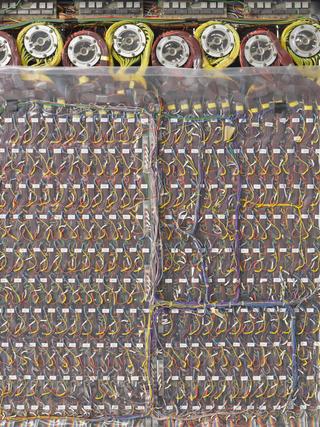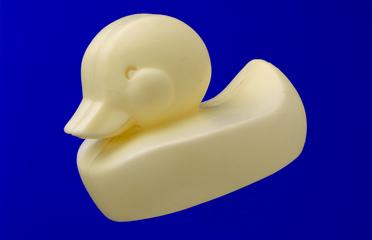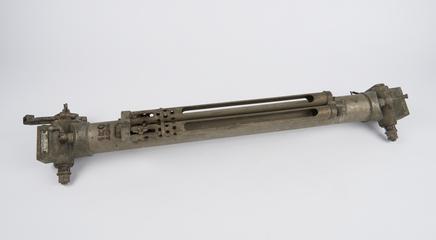
Skead's detaching-weight sounder used for telegraph survey operations
- Made:
- 1857 in Mediterranean Region
Weight-detaching mechanical sounder for gauging the depth of the sea floor and collecting sediment samples, designed by F. Skead and used on HMS Tartarus, 1857, during telegraph survey operations between Malta and Crete. The original had a 68 lb cannon ball as sinker weight; this object has a fibreglass replica.
Submarine cable laying operations provided an impetus for the study of the ocean floor. It was not only important to obtain accurate measurements of the depth of the sea bed, but also samples of the ground over which cables were to be laid, and sea bed temperatures (which affected the insulating properties of the gutta percha insulation of cables, and thus signal transmission times). Such expeditions resulted in innovation in the methods used for sounding and sampling.
The ship’s Master of HMS Tartarus, F. Skead, devised this apparatus when the crew struggled to get accurate readings with existing mechanical sounders (including the Brooke and Bonnici devices). As with existing instruments, Skead used the principle of a detaching weight, that would be left on the sea floor once the device reached bottom. The cannon-ball sinking weight was carried in a harness similar to that of the Bonnici sounder. When it reached the bottom the detacher reversed, releasing the shot and itself striking the sea bed, thereby collecting a sediment sample on the tallow-armed lead cup. It was used in depths as great as 1500 fathoms (2743 metres), but like Bonnici’s sounder was not suitable for very deep water or on coarse sediments.
Details
- Category:
- Oceanography
- Object Number:
- 1876-828
- Materials:
- bronze (copper, tin alloy), brass (copper, zinc alloy), iron, lead (metal) and fibreglass
- Measurements:
-
overall: 310 mm x 400 mm x 195 mm, , 2.555kg
- credit:
- Admiralty Hydrographic Department




